Description
- Skin name: Kalidjan
- Language: Rembarrnga
- Clan: Banlgarra
- Outstation/Country: Ankabarrbirri
- Region: Maningrida, Central Arnhem Land NT
- Born: 1962
Gwennie is from Central Arnhem Land but spends a lot of time in Darwin for family reasons.
Rembarrnga country covers some 5,000 square miles (13,000 km2), extending from the headwaters of the Mann, Cadell, Wilton, and Blyth rivers, to the arid plateau to the south.
About Pandanus weaving
Contemporary Arnhem Land weavers are renowned for their beautifully executed Pandanus weavings and use of local dyes to create a wide palette of colours. Only women collect and process Pandanus. People often ask about how weavings are priced and we explain the various laborious and time consuming processes involved in creating a weaving.
Collecting Pandanus
This is the first part of the process. Only the new growth (erect shoots emerging from the top of the tree) is used and the ladies use a ‘hook stick’ to harvest as they are usually high in the area. It requires strength, skill and knowledge of which trees/places yield the best source. Pandanus grows best in areas that experience seasonal dampness or are near watercourses. The ladies may have walk long distances to find the right grove and then carry their haul back. It is a collaborative process and children will often join them. Harvesting is easiest in the wet season when Pandanus trees everywhere produce new growth.
Stripping
There are a few steps to stripping Pandanus and it is surprisingly difficult to do. An experienced person makes it look easy! On either side of the leaf are thorns/barbs running in the opposite direction to the stripping action and these need to be avoided. A portion of the leaf is stripped from the top to the base to yield a long piece of moist fibre. Then the outer edges (with barbs) are removed and the remaining fibre is also retained. Each leaf yields two lengths of slightly different thickness and quality. These are then put aside to dry or be dyed.
Weaving
A range of traditional, borrowed and innovated weaving techniques are used in contemporary Pandanus weavings. Larger sculptures are made with a jungle cane structure and infilled with lace like weaving. Smaller sculptures use Pandanus fibre for the framework as well.

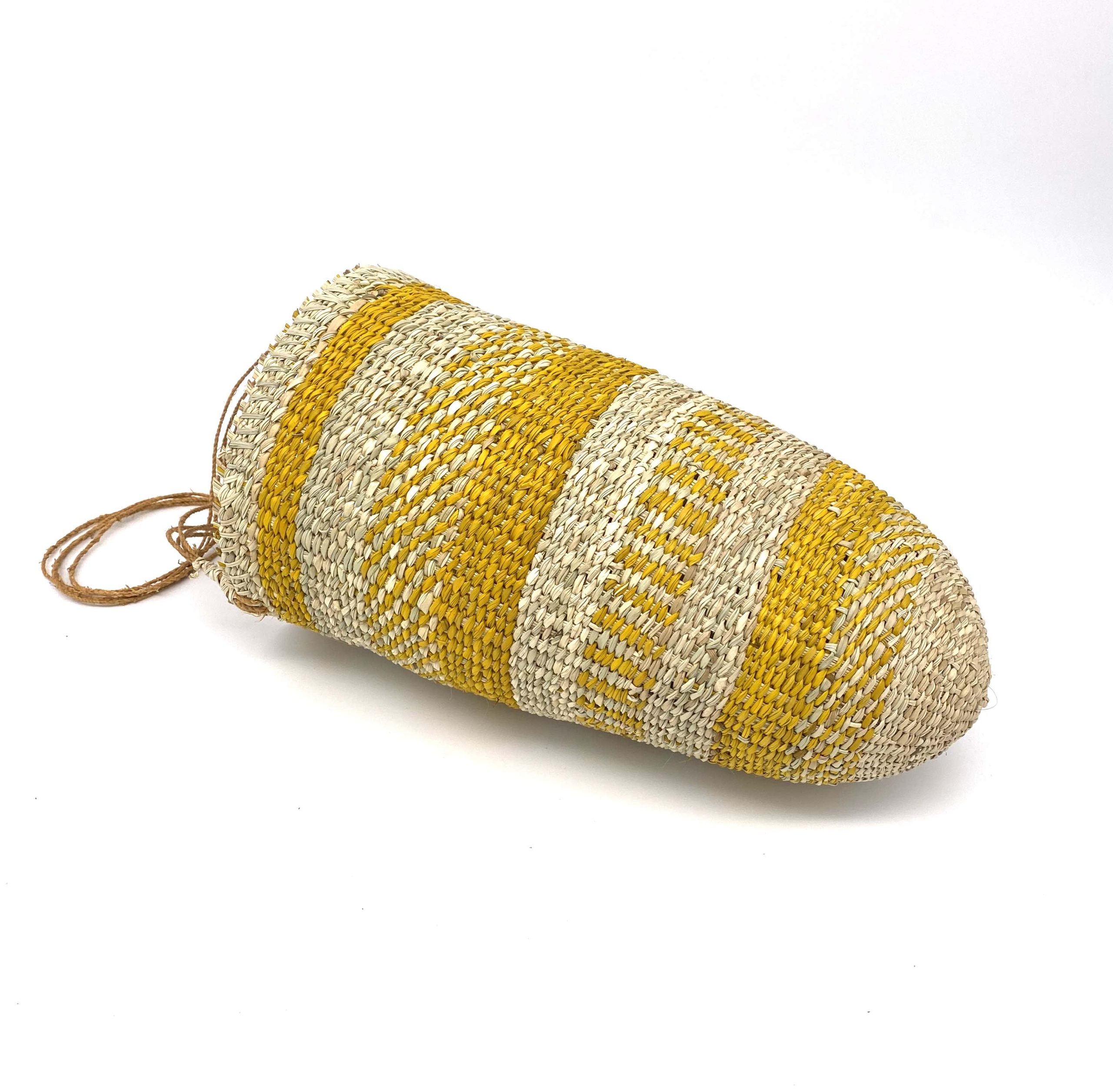
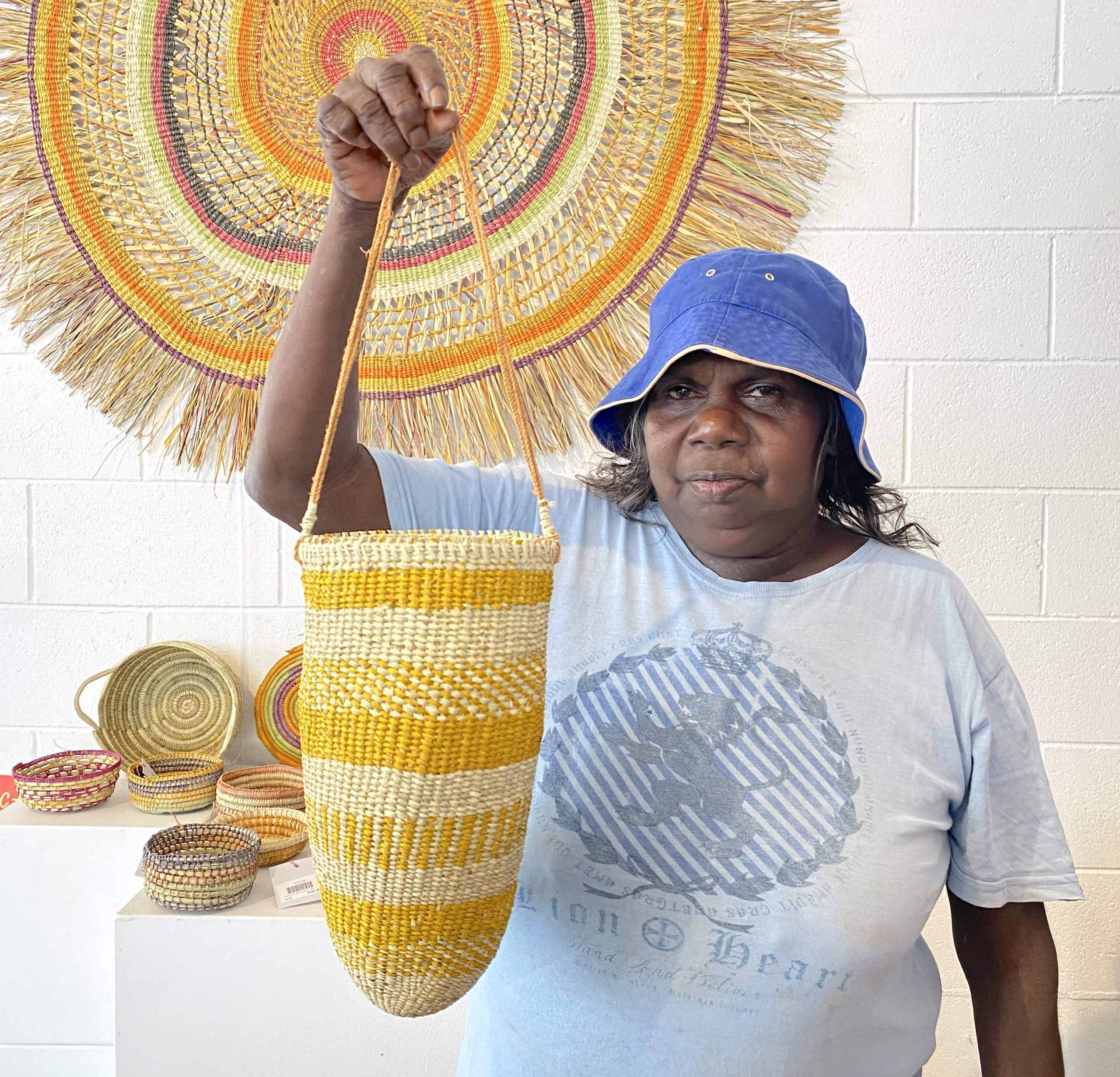
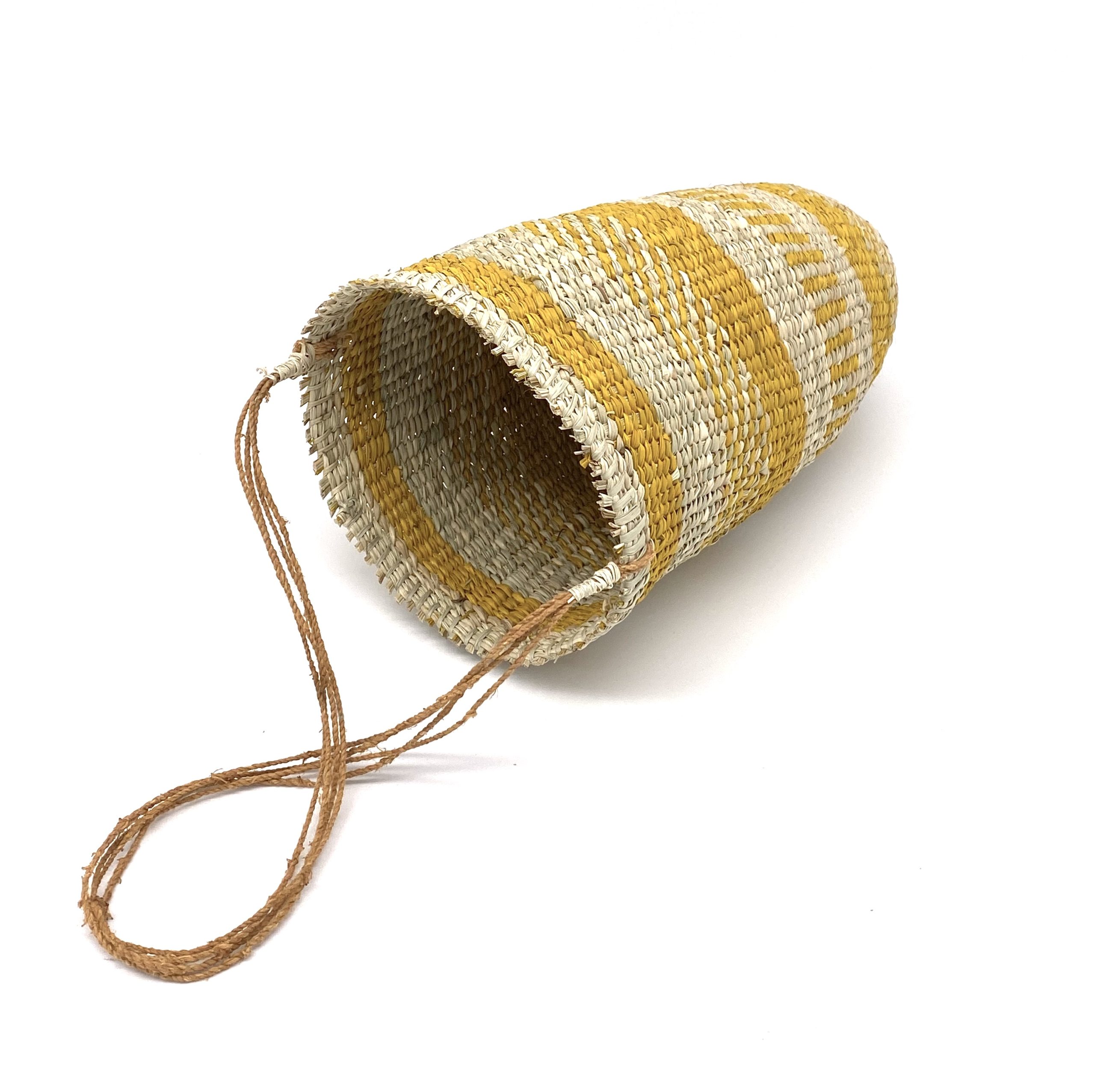
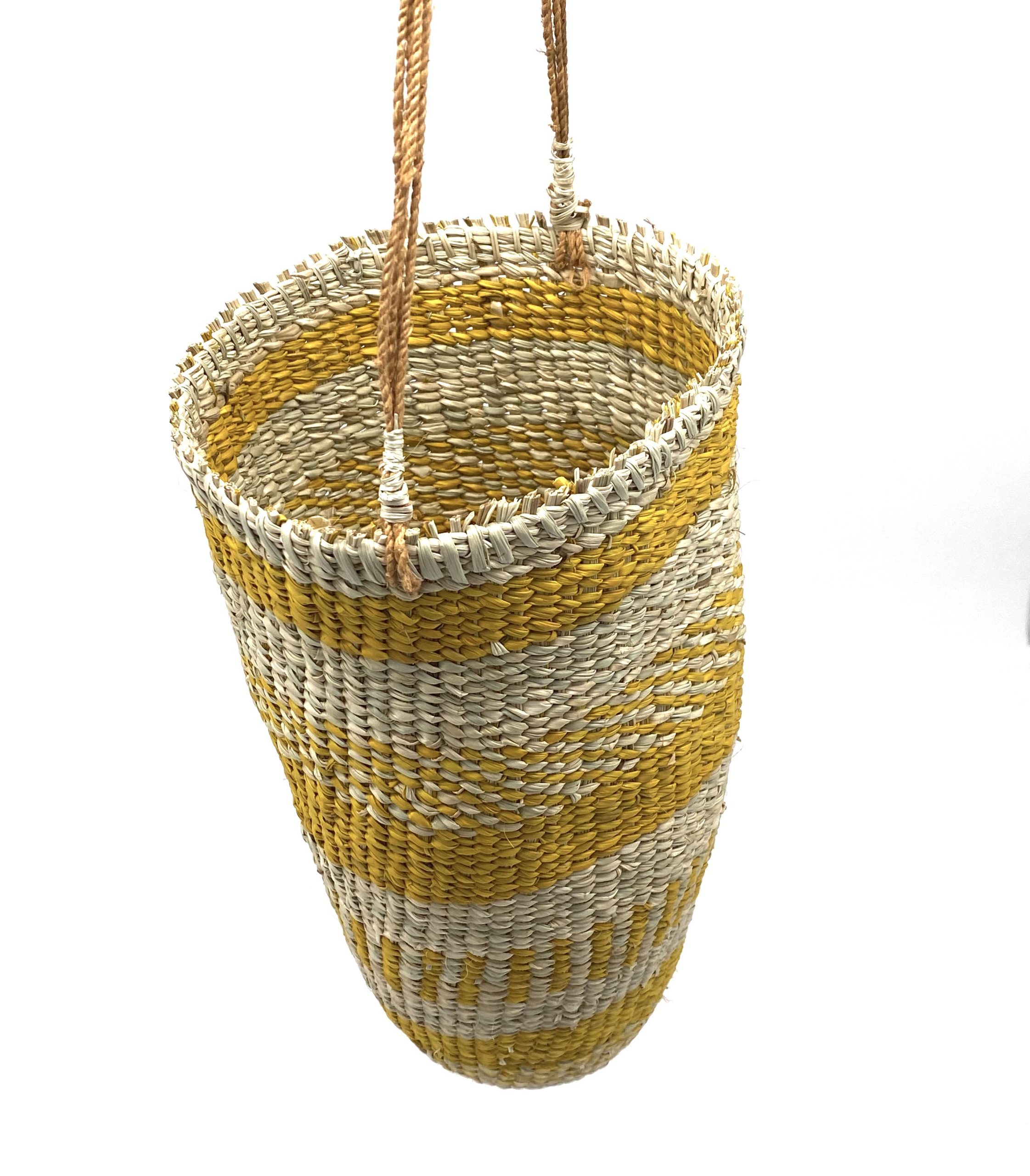
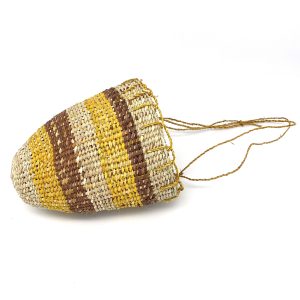
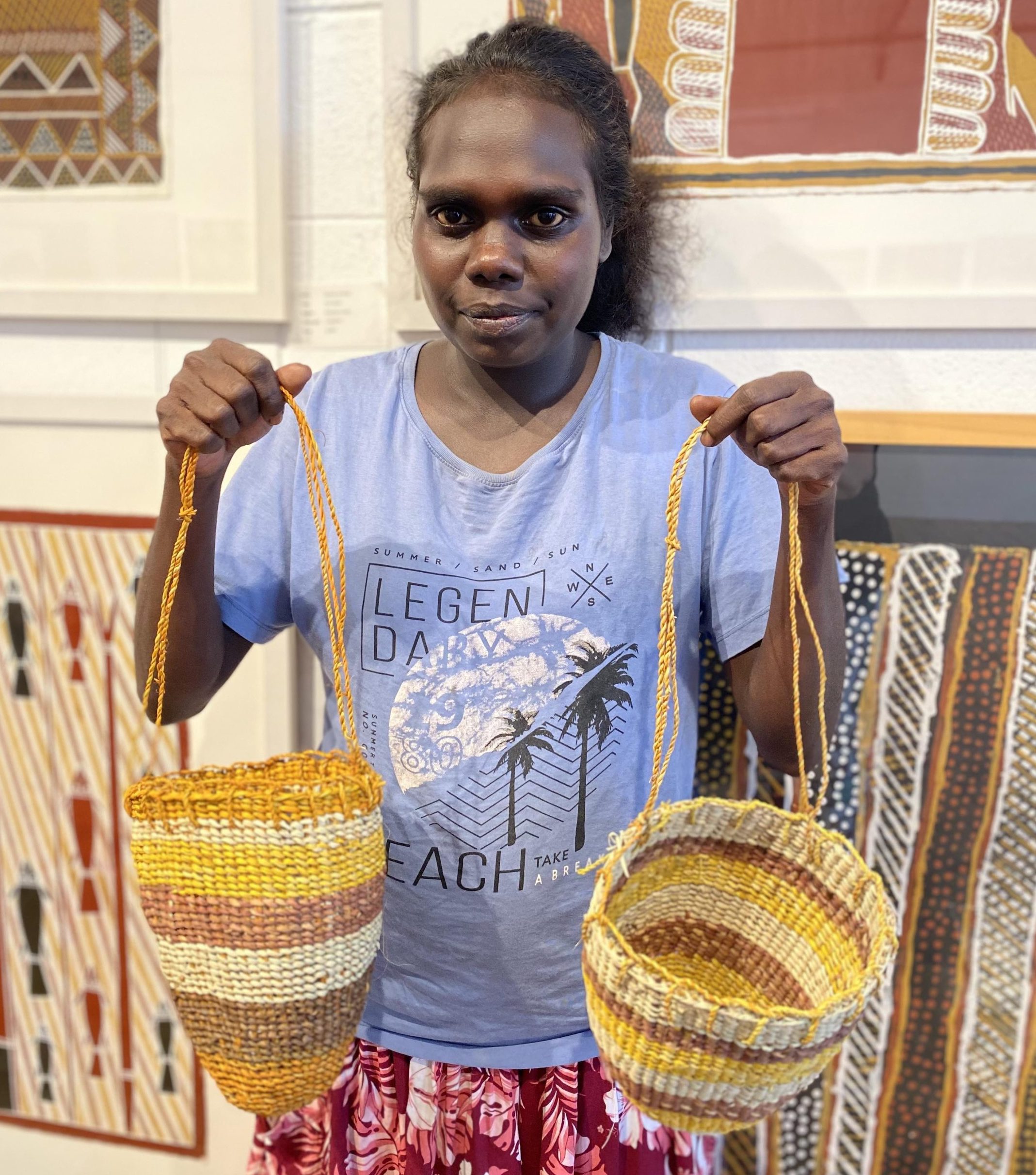
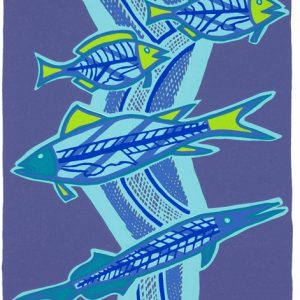
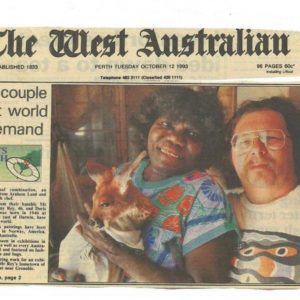
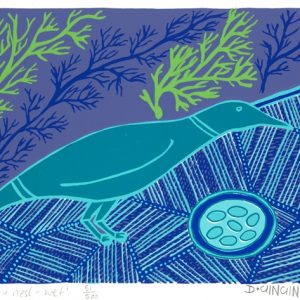
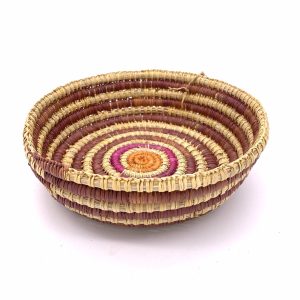
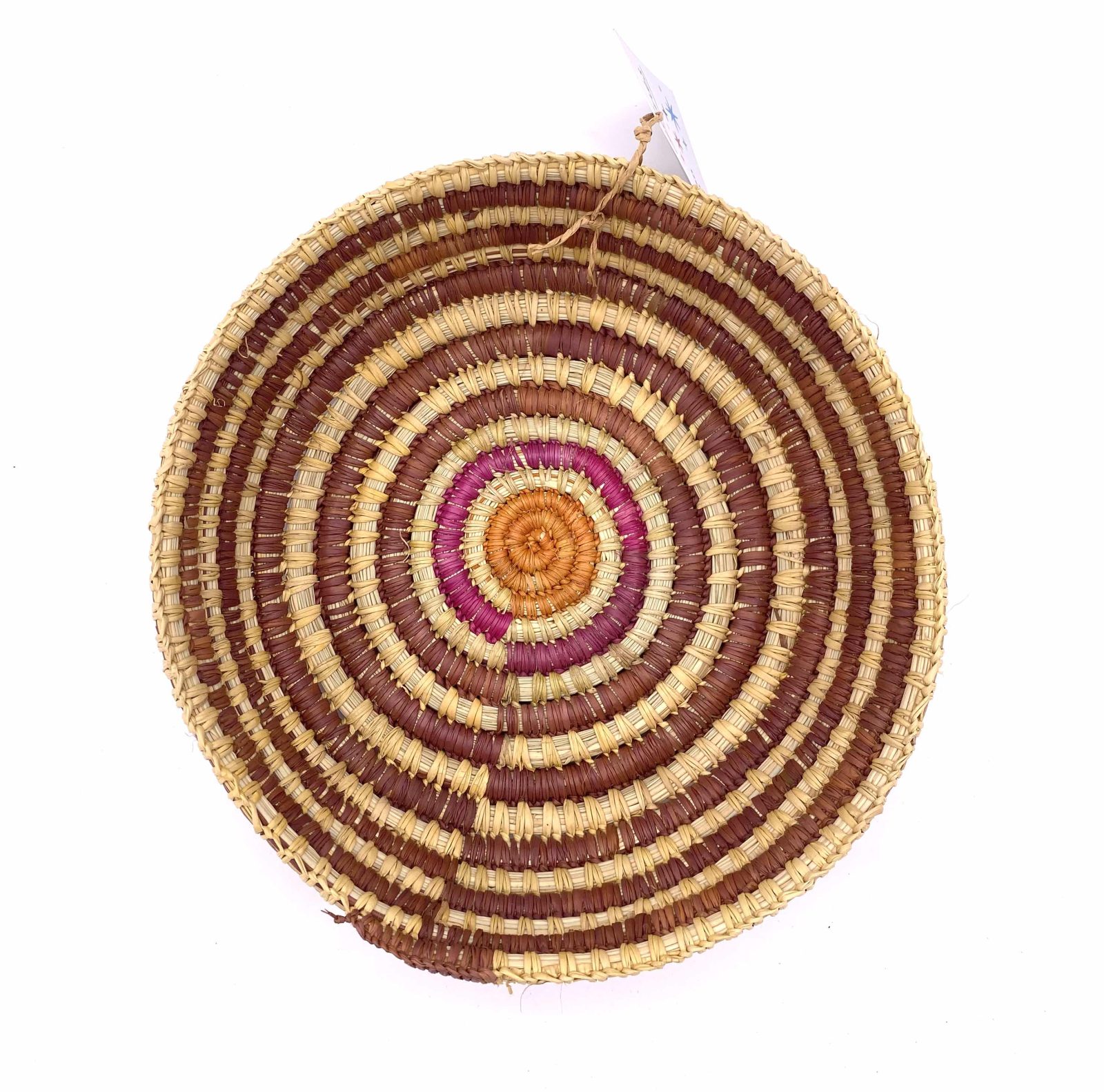
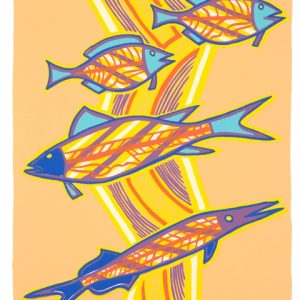
Reviews
There are no reviews yet.